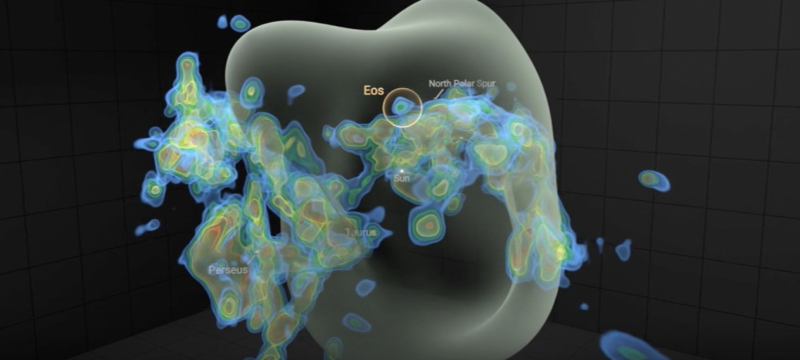A massive molecular cloud named “Eos” has been discovered just 300 light-years from Earth, making it the closest known cloud of its kind to our solar system, according to new research published in Nature Astronomy. The find has stunned scientists who believed all nearby molecular clouds had already been identified.
Eos spans an area 40 times wider than the full moon and carries a mass roughly 3,400 times that of the sun. Its detection came not through traditional carbon monoxide traces — which Eos lacks — but via far-ultraviolet emissions from hydrogen, using data from the Korean STSAT-1 satellite’s FIMS-SPEAR spectrograph.
Also Read: Amazon Web Services to Invest $8.2B in India’s Cloud Infrastructure
“This cloud is literally glowing in the dark,” said lead author Blakesley Burkhart, highlighting how the discovery could reshape our understanding of star formation. Astronomers say Eos offers a rare, close-up view into the formation of stars and planetary systems.
Located at the edge of the Local Bubble, a gas-filled region around our solar system, Eos is expected to evaporate within 6 million years. Researchers hope this marks the beginning of a new wave of discoveries using ultraviolet detection methods.





